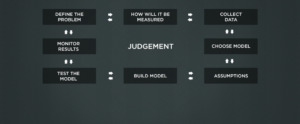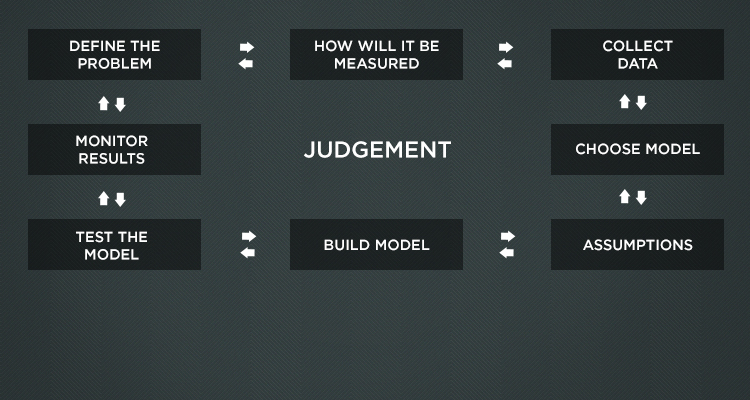Create a sports betting model
These betting models are available in several different variants, depending on what the target is and the end goal. Some are more successful, and some less successful. You will get a better understanding of what a betting model entails by following this guide, and it will show you the basic steps of building a betting model that will give you an advantage in the odds market.

Understand Betting Model?
A betting model is a system based on unbiased, statistically driven reference points that help you find value in matches many people may not be able to see. Moreover, this helps you to experience your emotions when watching sport and placing bets without getting your feelings in the way of making your logical decisions.
You can obtain the necessary prerequisites by developing a profitable betting model to predict the probability of different outcomes. A perfect betting model can evaluate the probability of a result better than the study of both the betting firms and consumer behavior. However, you need lots of statistical data, expertise, and as stated earlier, time to create a perfect betting model.
Turf accountant has many employees who deal with betting models regularly but using their vast databases. It means that you must be prepared to set aside a lot of mental resources even though you are willing to create a betting model to beat the turf accountant model. If you manage to build the ideal betting model, though, the effort would most likely be worthwhile.
8 Steps to creating a sports betting model
Phase 1: Specify your betting model’s target
It seems easy, but many sports bettors are missing the argument that their betting model is trying to achieve.
You may be overloaded by figures without an objective and lose concentration on your overall goals.
You should get the data first to see if there are any models and see whether any trends will also need to check against a variety of theories, each with specific intent.
Hence it is strongly recommended to start with a particular target, rather than a generic one.
Phase 2: Use metric
The next phase is by choosing a quantifiable metric to formalize the investigation into mathematical form.
Such the first two phases concern the concept of the Actuarial Control Cycle problem point.
Phase 3: The data collection, classification and adjustment
Every model requires data so that it can be incorporated into your algorithm. There are two ways to obtain data-either by yourself or by using other online published data.
Thankfully, there is a multitude of data available on the internet; some of it is free, although other websites offer a paid service.
You will realize, once you have the details that there are queries that need to be answered.
For example, if we’re looking at Premier League teams, do you find all matches or only their league games? Adjustments would be made if the team in question had absent players or had a champions’ league game for the mid-week.
That’s where your hypothesis can be exercised, decided by what your target is.
Phase 4: Pick the one you like
The mathematics takes place here, provided that there are still models to collect from or create.
In the past, we have suggested a variety of models, and they can be as complicated or as simple as you would like. Our advice is not to make things overcomplicated.
This step can be replaced with phase 3 as the data can lead you to use a particular model, or may involve different data from one specific model.
Phase 5: Overcoming Assumptions
There will be a range of assumptions for each model, and you should be aware of their limitations. You may forget to do this, but it’s essential.
For example, the abuse of derivatives triggered by a misunderstanding of assumption in contracts like Collateralized Debt Obligations and Credit Default Swaps was a significant contributor to the financial crisis of 2007-08.
Phase 6: Create the Sports Betting model
The next step is the actual creation of the sports betting platform. Numerous tools are available to use, including online calculators, Java, VBA, MatLab, R programming, and Excel.
In programming, you don’t have to be a pro to create a sports betting model, but the more you understand the features, the better you will be prepared to check and analyze data.
Phase 7: Analyze model
Paramount is that you check the efficacy of every sports betting model to learn how sensitive it is to the outcomes.
In any case, the model’s results can lead us to rethink any of the preceding steps.
As always, the main question is whether the model is making a profit or not? Therefore, you will have to check that – causing you to run the loop over again.
Phase 8: Keep track of results
If an appropriate model has been developed and tested, it must be preserved as time progresses. It takes us back to the point of departure-defining potential goals.
Applied knowledge
When learning how to construct a sports betting model, understanding the processes involved is essential.
Quantitative modeling is not merely about taking a model and applying it, and there are a variety of processes that should be performed – not necessarily in the order specified.
Following this method, a profit-making model won’t be assured, but it will ensure that you find the fundamental aspects necessary for developing a modern sports betting model.





